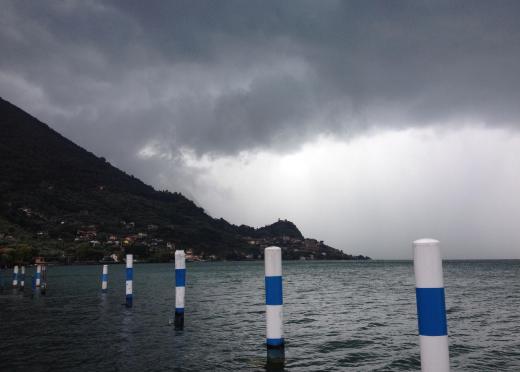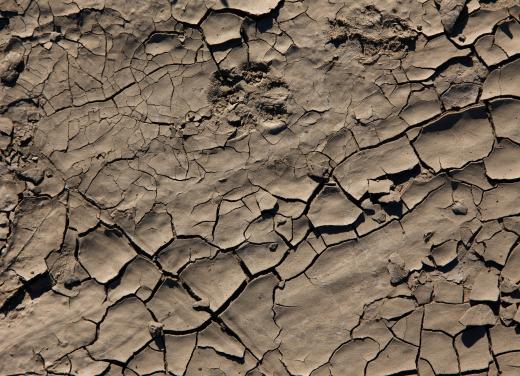What is Hydrometeorology?
Hydrometeorology is a scientific field of study that incorporates aspects of both meteorology and hydrology. Meteorology is an interdisciplinary field of study specializing in atmospheric science, specifically as it relates to weather patterns. Hydrology, in the simplest terms, is the study of water on earth. Hydrometeorology, by comparison, studies water as it relates to earth’s lower atmosphere and interacts with earth’s surface.
Hydrometeorology is chiefly concerned with the transfer of energy between atmospheric water and the earth’s surface. In other words, when atmospheric water impacts landmasses, hydrometeorologists are keenly interested. Any time atmospheric water changes from gaseous to liquid or solid form, a hydrometeorological process has occurred.

At any given time, most of earth’s water is found in oceans, lakes, and rivers. It is important to remember, however, that atmospheric water vapor goes through a continual cycle. Even though atmospheric water is a small percentage of the earth’s water, a large amount of water moves through the water vaporization process on a daily basis. Water vaporizes and falls to earth at astounding rates, leading to intense movement of the atmosphere. On a daily basis, water moves from the oceans to the atmosphere and back again.

Floods, hurricanes, thunderstorms, and other water-rich weather all represent an intense transfer of energy. Such water-based weather patterns are predicted and studied using the latest hydrometeorological methods. Using Doppler radar and other devices, hydrometeorologists study the atmosphere, looking for weather patterns indicative of known atmospheric water disturbances. Emphasis is also placed on careful study of precipitation. By studying a region’s precipitation levels, hydrometeorologists are better able to predict the effect atmospheric water will have on the nearby populations.
In addition to studying precipitation cycles and water movement, hydrometeorology also studies static bodies of atmospheric water. Atmospheric water vapor that has not fallen to earth poses a specific curiosity for hydrometeorologists. Scientists expect regular cycling of water vapor, and lapses in this cycle are a phenomenon that can lead to drought.
Hydrometeorology not only studies phenomena, it seeks proactive solutions to climate problems. During a drought, atmospheric water content is locked in the clouds, leading to decreased rain, sleet, and snow. Hydrometeorology studies those clouds and also looks for solutions to unforeseen lapses in the atmospheric water cycle. In some instances, hydrological engineers can use hydrometeorological data determine when and if it is appropriate to "seed" stubborn clouds. Cloud seeding is a process whereby an airplane drops silver iodide and frozen carbon dioxide into a cloud, thereby forcing the gaseous cloud to liquefy and fall to the ground as rain.
AS FEATURED ON:
AS FEATURED ON:












Discuss this Article
Post your comments